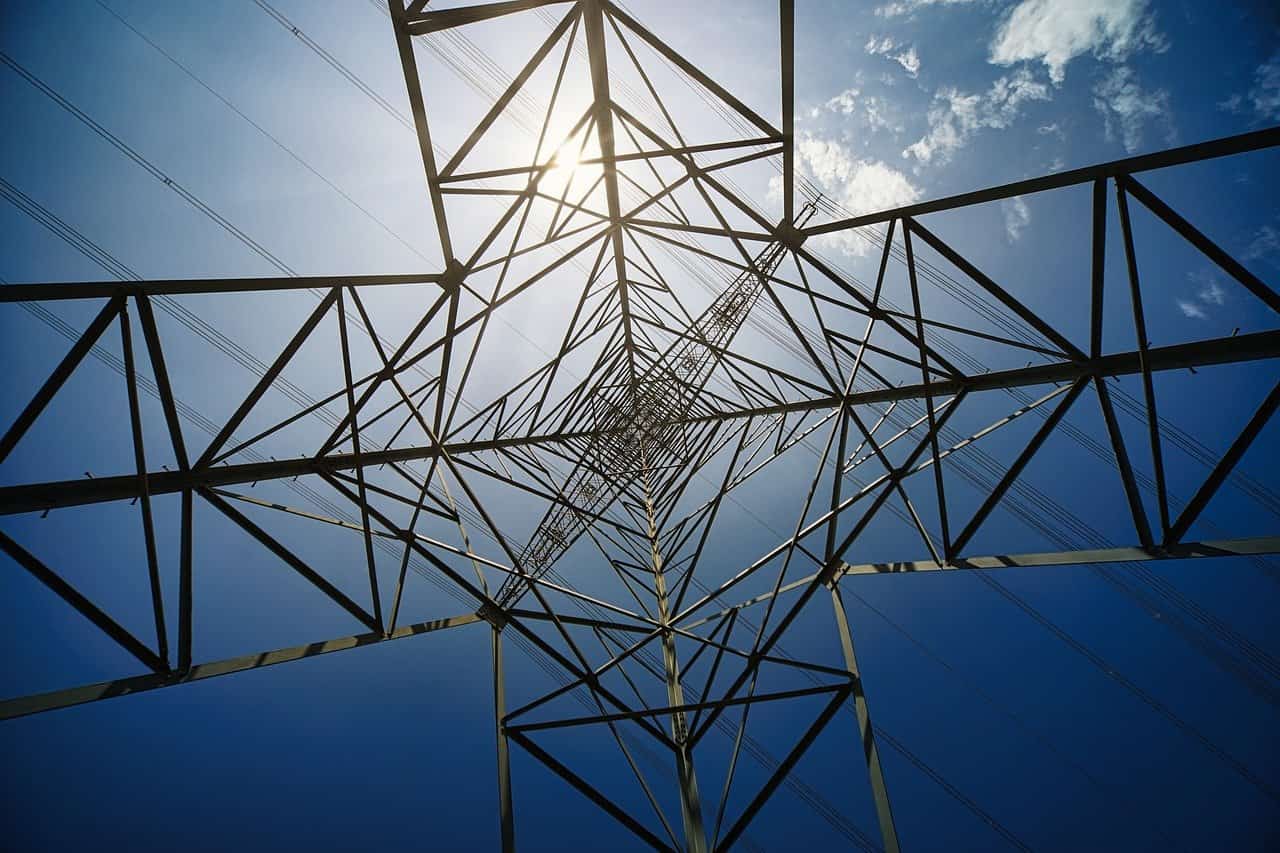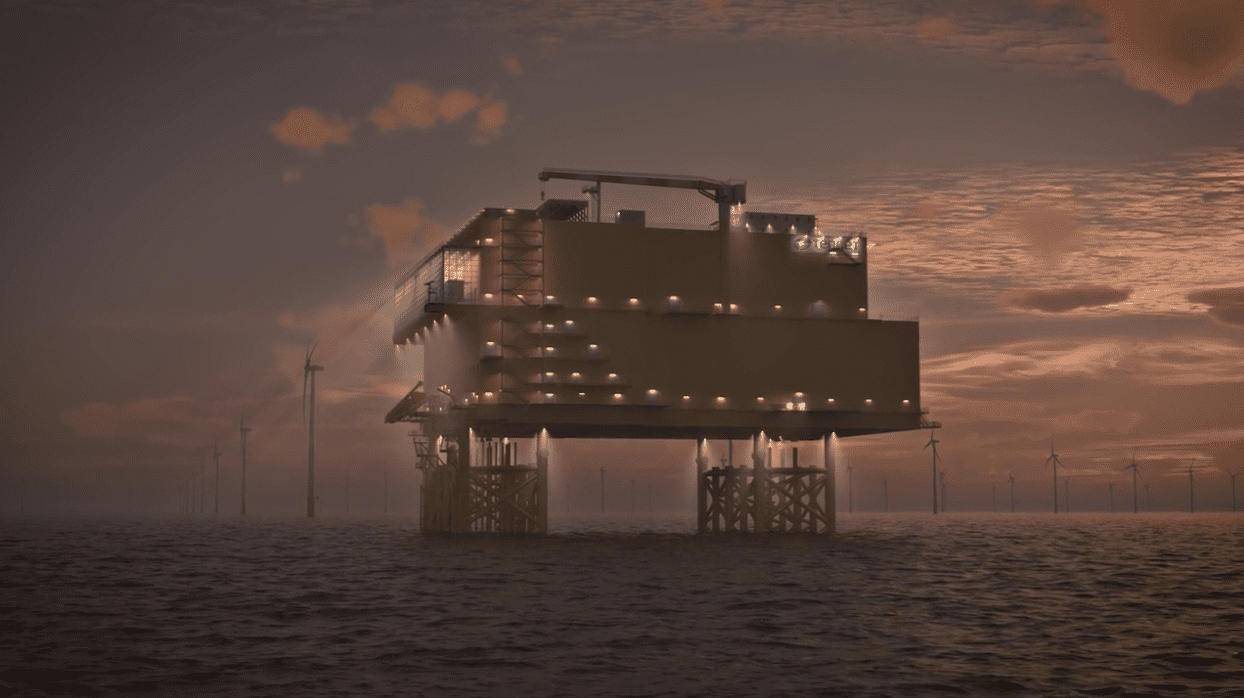
Energy Hubs have a key role in our future energy system. A new study by RoyalHaskoningDHV, commissioned by Top Sector Energy and Rijksdienst voor Ondernemerschap (RVO), highlights the crucial contribution of Energy Hubs to reducing grid congestion and achieving a robust, sustainable, and decentralized energy system in 2030 and beyond.
For example, Energy Hubs have the potential to decongest the power grid by some 3.2 GW by 2030. The report identifies as many as 1,200 promising locations in the Netherlands. These hubs locally optimize the balance between supply and demand, which is essential for a sustainable energy system in 2050.

Order in the chaos: four families of Energy Hubs
The report identifies four main groups of Energy Hubs:
- Built Environment
- Mobility
- Business parks
- Cluster 6 companies (large-scale energy consumers).
For each group, key technical, financial, organizational, managerial, and legal aspects have been identified. These insights help in the development and operation of Energy Hubs. Central to this are building blocks such as storage, conversion, local renewable sources, and supply-demand management.

Easing peak load by 3.2 GW
One of the most pressing challenges that Energy Hubs are addressing is reducing grid congestion. By 2030, Energy Hubs can contribute an estimated 3.2 GW to relieve peak load on the power grid. While this does not directly mean complete avoidance of grid congestion, the report provides valuable analysis for further collaboration with grid operators to make targeted investments and increase efficiency.
1200 promising Energy Hubs
Nearly 1,200 potentially successful locations for Energy Hubs have been identified nationwide. These hubs can optimize the balance between supply and demand locally, which is essential for a sustainable energy system in 2050. The guiding principle is “local what can be done, central what must be done.” This maximizes local flexibility in energy management.
Area-based approach
Energy Hubs are particularly effective in the service areas of high-voltage/mid-voltage (HS/MS) substations, especially at a 150 kV substation. An area-based approach, combining several hubs, can make the greatest contribution to energy balance and environmental policy. This minimizes the space needed for energy infrastructure and encourages the use of alternative energy carriers such as green gas, heat, and hydrogen.
From transactional to entrepreneurial cooperation
The success of Energy Hubs depends heavily on the ambitions of the parties involved. Whether it is about reducing grid congestion or broader goals such as climate neutrality and circularity, intensive cooperation, and area steering are crucial. The government can support this by providing a long-term vision and shifting market control to area control. This, according to the researchers, encourages further integration and innovation.
All in all, Energy Hubs offer a promising route to a sustainable and resilient Dutch energy system, with significant benefits for both the energy infrastructure and broader society.

